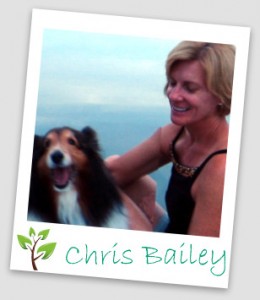The first feedback I received in a novel writing course was, “clearly publishable,” but “too reportorial.”After years of attempting to eliminate all traces of the objective style drilled into me by journalism professors, I’ve finally discovered that I don’t have to discard all the old rules to pursue of creative writing.
For example: Don’t bury your lead.
In journalism’s inverted pyramid structure, the lead is supposed to provide the five Ws, and an H as well, if you can fit all that information into 36 words or fewer. The point is to convey the most important facts in the beginning, so that if the newspaper runs out of space and only the first paragraph of your masterpiece fits into the available newshole, the public still gets the gist of the story. This seems contradictory to the idea of slowly revealing a story over 325 or more pages.
But look at what a lead can do. The top story in The Birmingham (Ala.) News March 13 packed who, what, when, where, why and a hint of how in 35 words.
Japan’s nuclear crisis intensified Sunday as authorities raced to combat the threat of multiple reactor meltdowns and more than 170,000 people evacuated the quake- and tsunami-savaged northeastern coast where fears spread over possible radioactive contamination.
The lead offers presents the latest development in a heartbreaking disaster and serves as a dramatic hook that draws you in to the full story.
If the story began instead with the fact that Japan is an island nation that lies on a major fault line, you might not continue reading long enough to learn that a natural disaster had occurred.
The important thing is to keep people reading. When I advise volunteer or not-for-profit PR writers, I find that they—like freshman journalism students—almost always begin their stories with a justification for their important causes. Around the third paragraph, they’ll announce that because of the great need previously described, they’re having a fund-raising event.
No matter how worthy, the cause isn’t news. It’s a pile of backstory, and it won’t pull readers far enough into the story to find the buried lead.
Agents and editors are quick to make a similar distinction. Unless we keep them reading, they’ll never find out how lovable our characters are. In fiction, we call it in medias res—but it works for me to remember not to bury the lead. Someone—heroine or villain or nature—has already acted. The heroine must react, and it’s in the reactions of the cast of characters that the story unfolds.
Tell me—is there a rule you learned in another occupation that benefits your fiction writing? I’d love to know!
Chris Bailey’s writing for hire has appeared online, in numerous U.S. newspapers and in mailboxes across the U.S. and Canada.


